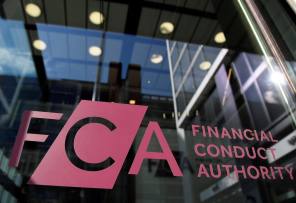


Opt-out rates for auto-enrolment are far lower than initially estimated, according to a recent survey of defined contribution pension schemes. The findings are highly relevant for all employers as many of the trends, particularly in relation to auto-enrolment, may point the way for smaller employers as they approach their staging date.
Half of FTSE 100 employers are already auto-enrolling their employees and, of those, around a half again have already met the legislative requirements. Where auto-enrolment is used, take-up rates are typically in excess of 90 per cent. This is positive news for the government as its long-term strategy is built on the assumption that most of those who are auto-enrolled would not opt-out. A number of surveys initially indicated that one-third of would-be members might opt out. The power of inertia to bring people to pensions and keep them there has proved more powerful. This outcome should not be that surprising as previous surveys of auto-enrolled schemes have illustrated similarly high take up rates. Inertia has always worked.
Employers should therefore be prepared to budget for high take-up rates. There is a school of thought that says opt-out rates will be lower for smaller employers, because those employers will not communicate auto-enrolment as proactively. But given that opting out requires employees to take a positive act, could inertia not mean that disengaged employees are even less likely to opt out?
One of the changes we have seen driven by auto-enrolment is the re-emergence of master trusts such as the National Employment Savings Trust, the government-sponsored pension scheme. Master trusts now account for 5 per cent of pension arrangements for employees of FTSE 100 firms. Interest in master trusts is increasing as employers look for a half-way house between the greater fiduciary burden and cost of trust-based schemes and the perceived lower level of control offered by contract-based schemes, such as group personal pensions. The employers attracted by master trusts appear more likely to have transient workforces, often employing and re-employing students, overseas and part-time workers.
The possibility of reduced contributions for DC schemes has always been a potential side effect of auto-enrolment. Many of the employers surveyed already had an existing pension scheme, but some may have chosen not to use current contribution designs to enrol new employees and existing non-members. The survey shows that one in five employers use more than one DC arrangement. We are seeing increasing evidence of different – usually less generous – contribution rates operating in these multiple arrangements. This is not explicit ‘levelling down’ as existing members do not have their contributions affected, but it does mean that in time we would anticipate it would lead to lower average contributions.



